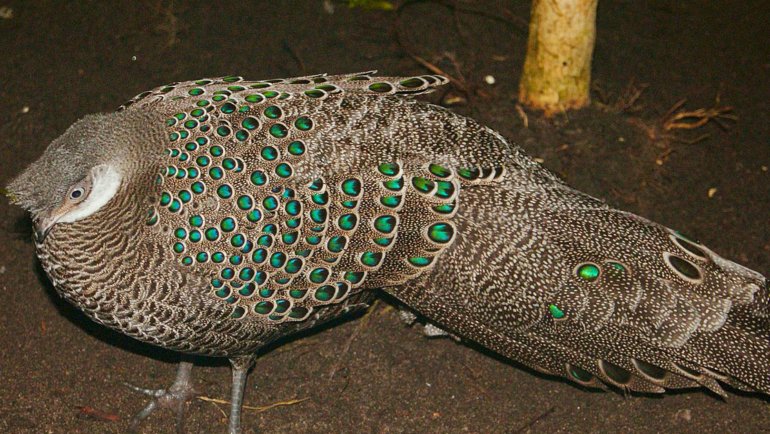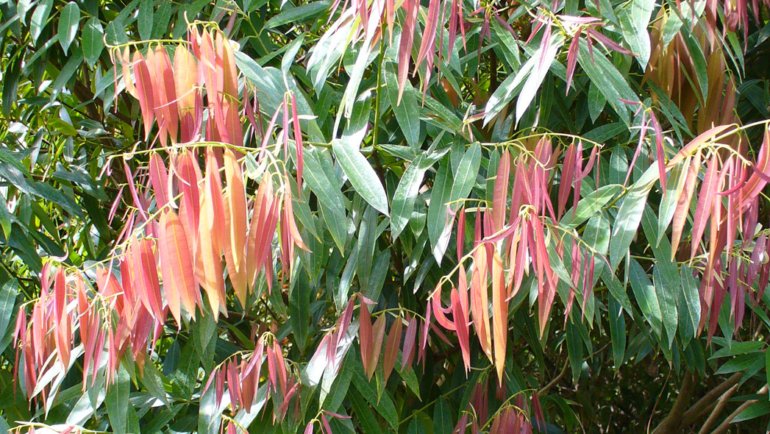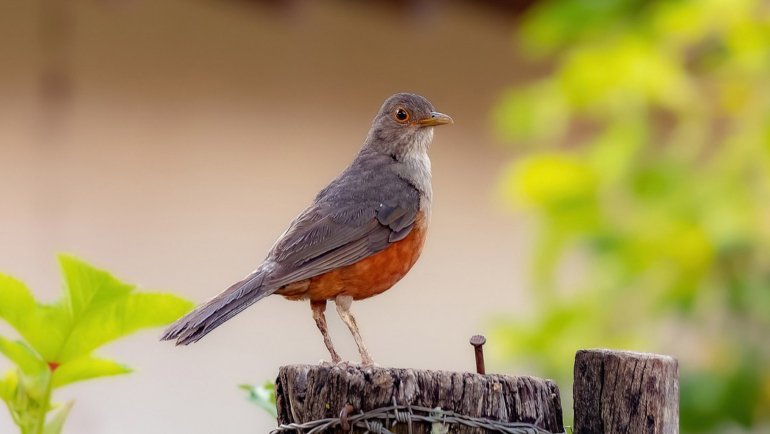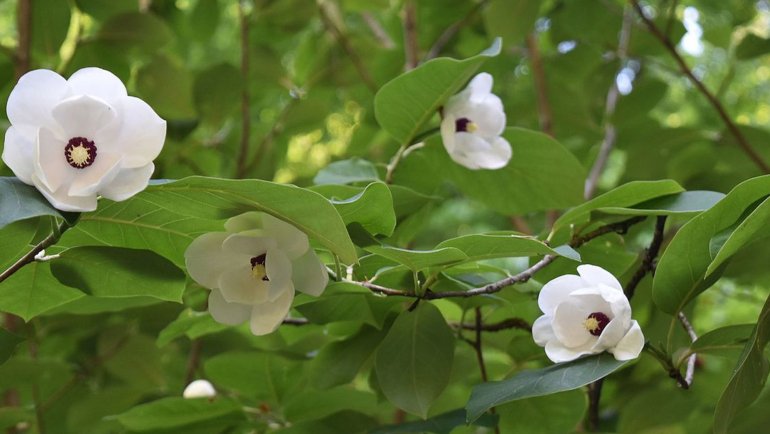Welcome to the captivating world of Peru, a South American country known for its diverse landscapes, rich culture, and fascinating history. But did you know that Peru also hosts a beautiful national flower steeped in historical and cultural significance?
Allow us to introduce Cantua buxifolia, more commonly known as the Sacred Flower of the Incas. This exquisite flower is not only a spectacle of nature but also a symbol of an ancient civilization’s reverence and beliefs. Join us on this journey as we delve into the enchanting universe of the Sacred Flower of the Incas!
Description of Cantua buxifolia
Cantua buxifolia belongs to the family Polemoniaceae and is native to the high valleys of the Andes, particularly in Peru. The plant produces bright, tubular flowers that are typically 2-3 inches long and are found in clusters at the end of the branches.
The color palette of these blooms is indeed a feast for the eyes, ranging from magenta and fuchsia to more unusual shades of yellow and white. The blooming season for this national beauty is typically during the spring and early summer, where it presents a dramatic burst of color against the rugged Andean landscape.
One of the most distinctive characteristics of Cantua buxifolia is its elongated and slender floral tube. This feature leads into a corolla divided into five rounded lobes that spread outwards, presenting an impressive spectacle of beauty and elegance. It’s not hard to see why this flower, with its spectacular display of vibrant colors and unique shape, was cherished by an empire.
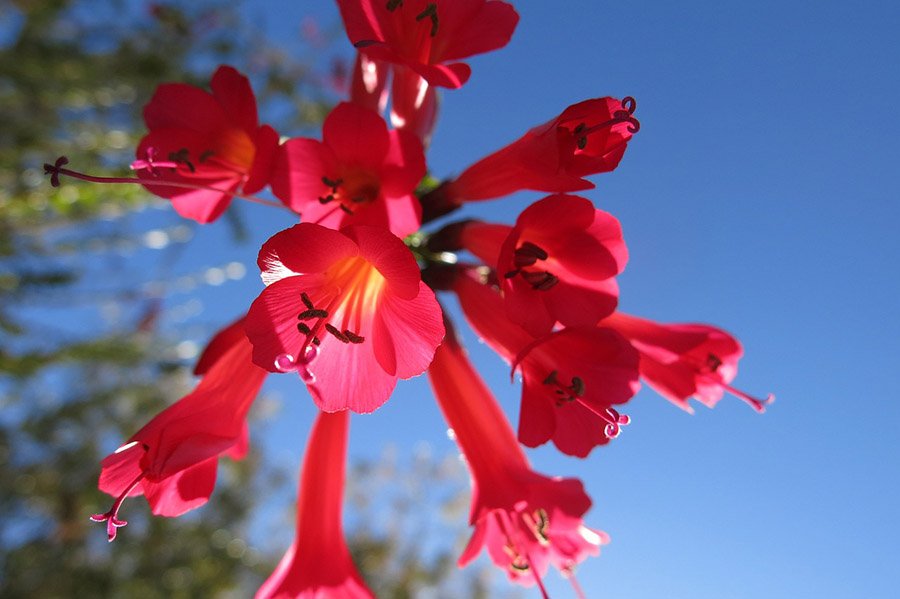
Where Does Cantua buxifolia Grow?
Native to South America, the Sacred Flower of the Incas thrives in the high valleys of the Andes, particularly within Peru, Bolivia, and Ecuador.
The plant prefers well-drained soil and is commonly found on rocky slopes and in scrub vegetation at altitudes between 1,200 to 3,800 meters. This hardy flower is built to withstand the cool, temperate climate of the Andean valleys, a testament to its resilience and adaptability.
It flourishes in areas that experience moderate rainfall and plenty of sunshine. The plant is also highly valued as an ornamental garden species and can be cultivated outside its native range under appropriate conditions.
Cantua buxifolia in The Ecosystem
The Sacred Flower of the Incas plays a key role in the ecosystem. Its bright and colorful blossoms act as a beacon for pollinators, attracting a variety of insects and birds.
Hummingbirds, in particular, are frequent visitors due to the flower’s tubular shape which is perfect for the birds’ long beaks. By feeding on the nectar, these birds help in the crucial process of cross-pollination, leading to genetic diversity and healthy propagation of the plant species.
In addition to attracting pollinators, the plant also offers shelter and food to various insect species. The plant’s hardiness and adaptability also make it excellent for preventing soil erosion in the rugged Andean terrain, helping maintain the health of the local ecosystem.
Through these interactions, Cantua buxifolia has a significant impact on the biodiversity of its ecosystem, highlighting the interconnectedness of all life forms.
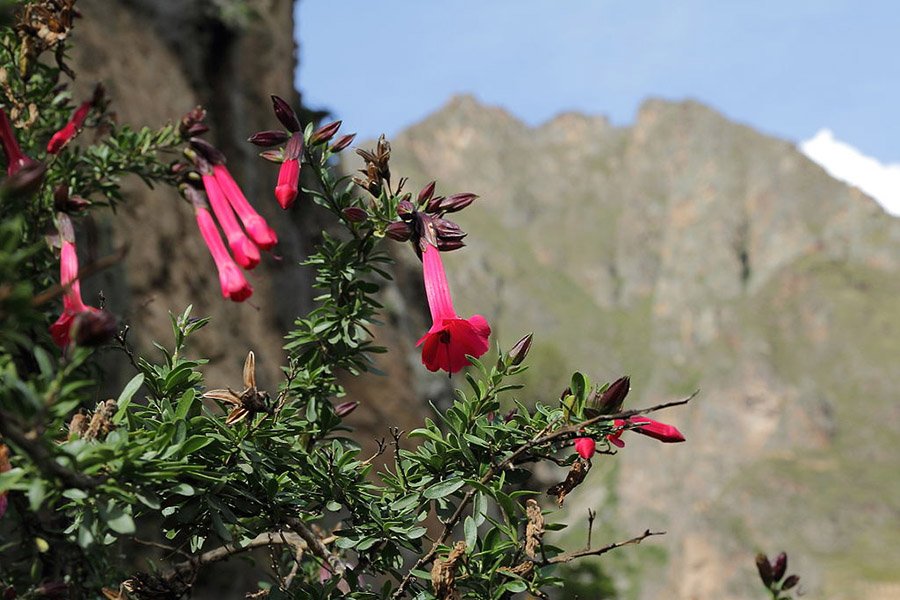
Symbolism and Meaning: Why and When Did Cantua buxifolia Become the National Flower of Peru?
Cantua buxifolia, known as the Sacred Flower of the Incas, is deeply intertwined with Peruvian history and culture. This flower was sacred to the Incas, who incorporated it into their myths and legends. One of the most well-known Incan legends tells the tale of two rival kings, each ruling over their own valley.
When the gods declared that the king who could build a bridge overnight would rule both valleys, the king who sacrificed his own children to ensure the bridge’s completion was granted victory.
The bodies of the sacrificed prince and princess turned into stone, and from their mouths grew Cantua buxifolia. This legend is a poignant demonstration of the flower’s significance in Incan mythology, symbolizing sacrifice, dedication, and unity.
The Sacred Flower of the Incas was declared the national flower of Peru due to its historical significance and its vibrant beauty. Its selection not only recognizes its role in Peruvian history but also serves as a symbol of the country’s rich cultural heritage and biodiversity.
Names of Cantua buxifolia
The Sacred Flower of the Incas, Cantua buxifolia, is known by several names. In its native Quechua language, it’s called “qantu,” “qantus,” or “cantu.”
In Spanish, it’s often referred to as “flor del inca” or “cantuta.” The scientific name “Cantua” is believed to be derived from its Quechua name, while “buxifolia” comes from Latin and describes the boxwood-like leaves of the plant.
In Bolivia, where it is also the national flower, it’s known as “kantuta” or “cantuta.” Despite these varying names, the flower is universally recognized for its significance to Andean culture and its stunning beauty.
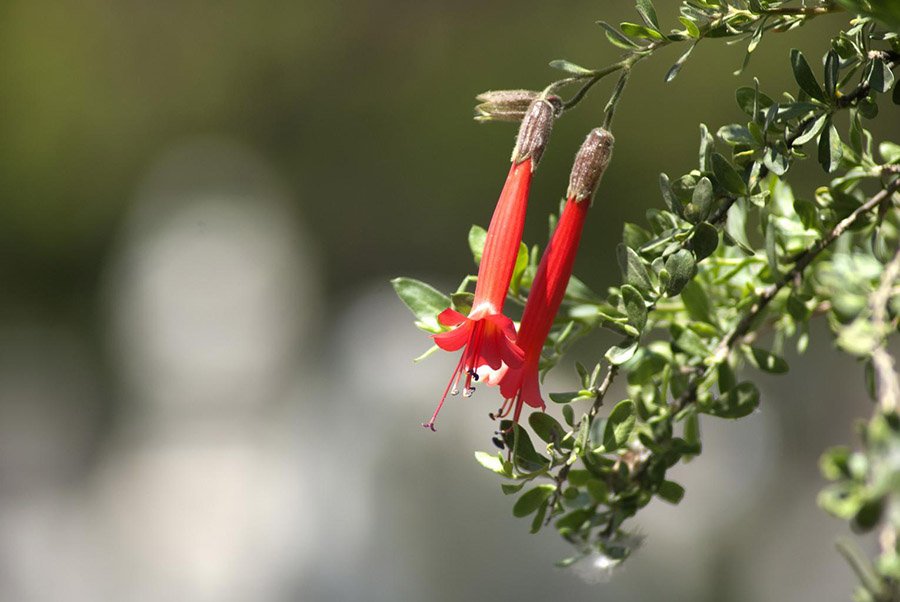
Interesting Facts About Cantua buxifolia
Here are some fascinating facts about Cantua buxifolia, the Sacred Flower of the Incas:
- Cantua buxifolia is not only the national flower of Peru but also Bolivia, revealing its widespread cultural importance in the Andean region.
- In ancient times, the Incas used the Cantua buxifolia in rituals and offerings to their gods. Today, it’s still used in traditional Andean festivals and ceremonies, symbolizing happiness and prosperity.
- The colors of Cantua buxifolia, typically red, yellow, and green, are believed to have inspired the colors of the Bolivian flag.
- The Sacred Flower of the Incas is featured in Peruvian literature and folk songs, including the popular folk song “Flor de la Cantuta.”
How to Grow Cantua buxifolia
Growing Cantua buxifolia can be a rewarding endeavor. Here are some tips to help you cultivate this beautiful flower:
- Sunlight: The Sacred Flower of the Incas is a sun-loving plant. It thrives in full sunlight but can tolerate partial shade.
- Soil: This flower prefers well-draining soil. A mix of sand, loamy soil, and a bit of organic compost typically works well.
- Watering: Cantua buxifolia is relatively drought-tolerant once established. However, regular watering is beneficial during the growing and blooming seasons. Be careful not to overwater, as this can lead to root rot.
- Temperature: Being native to the Andes, the plant can withstand cooler temperatures. However, it grows best in moderate climates and should be protected from freezing temperatures.
- Propagation: The plant can be propagated from seeds or cuttings. If you’re growing from seeds, it’s best to start them indoors before transplanting them outside.
Remember, every plant has its unique needs and may require some trial and error to figure out the best growing conditions in your specific location. Good luck, and enjoy the process of growing your own Sacred Flower of the Incas!
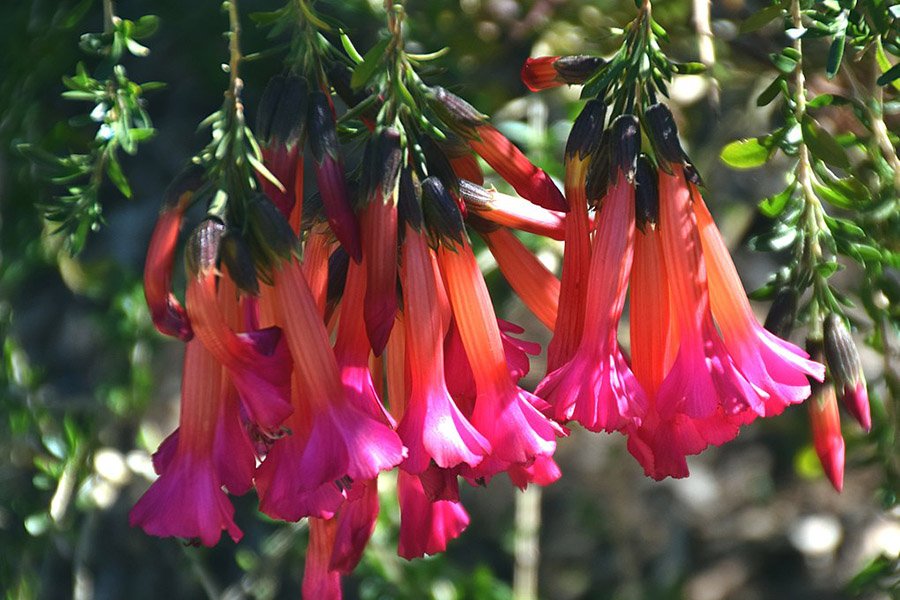
Other Beautiful Flowers Native To Peru
Peru is a country of remarkable biodiversity, home to a myriad of vibrant and unique flowers. In addition to the Sacred Flower of the Incas, here are a few others native to Peru:
- Peruvian Lily (Alstroemeria): These exquisite flowers come in various colors, including orange, pink, rose, purple, red, yellow, white or salmon. They’re renowned for their long vase life, making them popular in floral arrangements.
- Machu Picchu Orchid (Epidendrum secundum): Commonly found in the cloud forests surrounding the historical site, these orchids captivate with their bright pink blooms.
- Passionflower (Passiflora): Peru houses a diverse range of Passionflower species. The intricate structure and bold coloring of these flowers are a sight to behold.
- Peruvian Marvel (Tropaeolum tuberosum): Also known as Mashua, this flowering plant produces both vibrant blooms and edible tubers, making it a valuable addition to many Peruvian gardens.
Final Thoughts
The Sacred Flower of the Incas, with its radiant blooms and rich historical significance, is a testament to Peru’s cultural heritage and its diverse and stunning flora.
This extraordinary flower not only captures the country’s natural beauty but also serves as a symbol of the enduring legacy of the Inca civilization.
Whether you’re a green thumb looking to grow your own Cantua buxifolia or a lover of nature captivated by Peru’s botanical wonders, we hope you’ve found this exploration of Peru’s national flower enriching.
